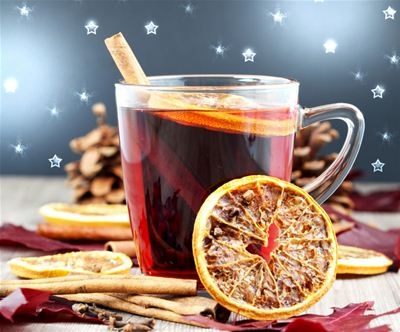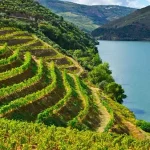
Almost every Croatian town will have some version of celebrating Advent in December. And in every single one of those venues you will have the opportunity of drinking mulled wine – kuhano vino, as we call it.
An integral part of the festive tradition of the winter holidays in Croatia is what we call “kuhano vino”. Of course, we don’t claim it to be in any way, shape or form indigenous or autochthonous to Croatia, since these days you can find it just about anywhere. The Germans call it glühwein, in English it’s mulled wine, it’s been around since the Roman times (although sometimes the invention is attributed to Hippocrates, the father of medicine). And it was Charles Dickens who described it in his novella Christmas Carol, after which the drink became an integral part of the Christmas holiday experience almost everywhere in Europe.
In Croatia, we drink it throughout the entire winter, especially in the continental part of Croatia, where the winters are a bit colder than on the coast. You can make kuhano vino using red or white wine (although, and this is a personal note that might not be true, but is my experience: when I was growing up and started having wine and kuhano vino, it was almost exclusively white wine. I distinctly remember my parents and their friends making it with white wine only, and I can still remember the bar in Tkalčićeva Street in Zagreb where the waiter first asked me if I wanted red or white when I ordered kuhano vino: before that it was implied that it was white. Again, entirely possible that the implication was mostly in my mind and no-one else’s…).
The number of recipes for the preparation is innumerable, and they all boil down (pun not intended) to this: take some wine, add a bit of water to it (around one fifth of the wine volume; pro-tip is to boil the water first and then add the wine and the spices in the already boiled water to reduce alcohol evaporation) and your selection of spices, bring close to boil (don’t boil it for long; the best way is if you don’t boil it at all), let it cool a bit for the spices to infuse and that’s it. So, it’s all about the spices you use, and the most often used ones are cloves, cinnamon (hate it! Sorry, I had to. Really, really hate cinnamon), nutmeg, various citrus fruits (lemons, oranges, tangerines, clementines – either zest freshly grated from an organically grown fruit, slices of the fruit or the freshly squeezed juice is added), star anise, vanilla pods… And, of course, you need either sugar or honey to sweeten the beverage, as it needs to be nice, warm, fragrant and sweet at the end, and feel like a hug. The method can get a bit more complicated, for example, Jamie Oliver’s recipe which first makes the syrup with water, sugar and spices, and the end result is usually just as good.
And which Croatian wine should you choose to make kuhano vino? Traditionally, Graševina and Frankovka were used to make it, but I’m not certain that’s because those give the best end-result, it might just be that those are the most abundant in the region where kuhano vino is made. Never, of course, make the mistake of choosing the really bad wine, the kind that’s already gone south (into vinegar), but don’t overspend on a bottle if you’re going to cook it with spices and sugar. The wine you choose should not be too strong, to alcoholic, to strong on tannins or too acidic. For the whites, do try a Graševina (not one of the really acidy ones; maybe a bit sweeter one from Međimurje will work for you), maybe a fragrant Sauvignon, Moslavac, Škrlet, Muškat Žuti (but not one that’s too sweet, though) or maybe even a Zeleni Silvanac. As for the reds, don’t use any oaked wine, and steer clear of the really big reds (although, if you decide to use Plavac Mali and enjoy it, please let me in on your secret, I’d love to know how to make that work), rather go for a Frankovka, a younger Merlot, maybe a Cabernet Sauvignon, Istrian Teran or a Dalmatian Babić (or even an imported Vranac, indigenous Montenegrin variety).
The mulled wine you’ll be able to buy at various stands around the Advent fairs is most probably going to be a bit sub-par, but it’s really the atmosphere that counts, not the quality of the drink itself, right?









